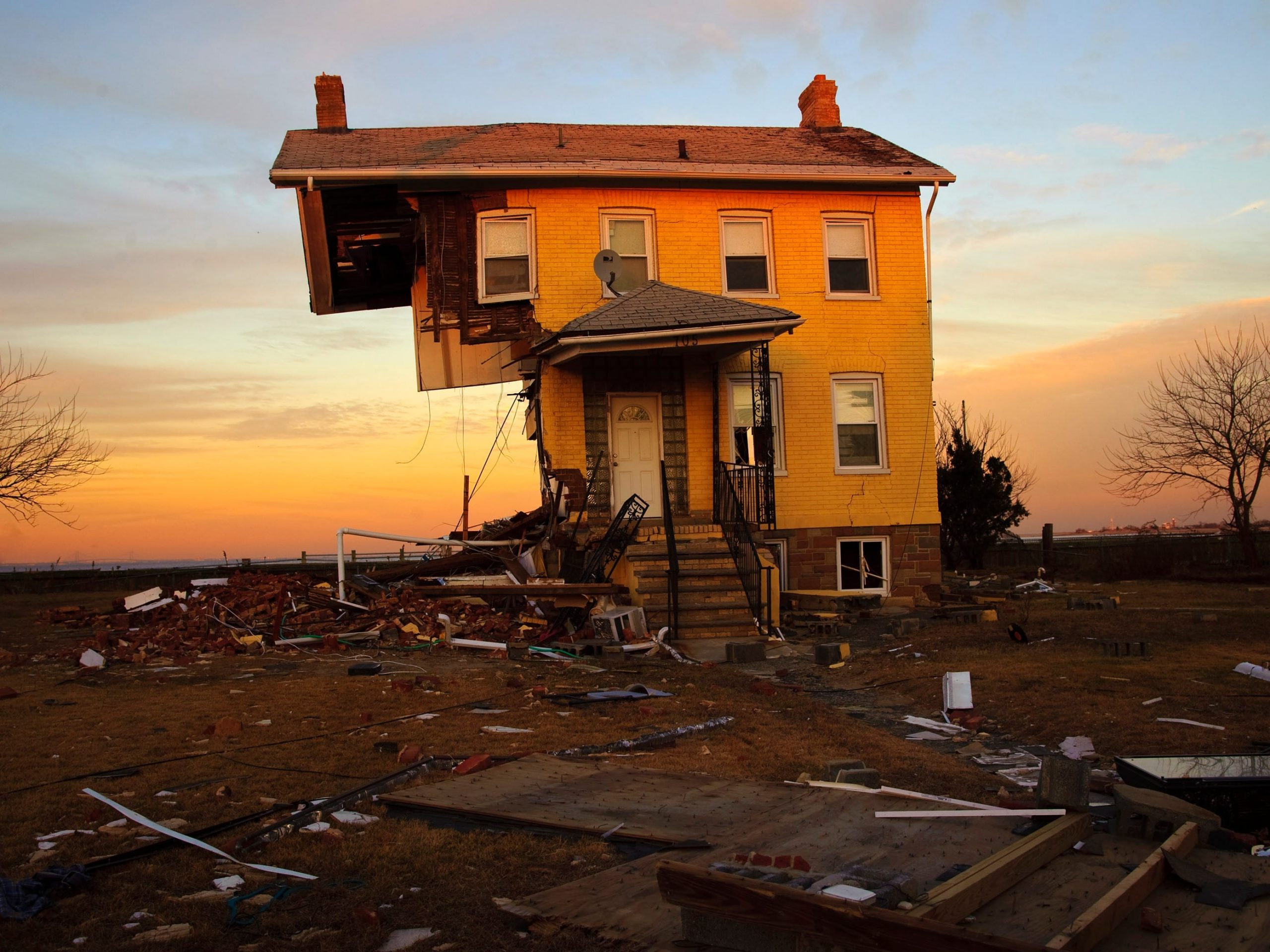
Ramin Talaie/Corbis via Getty Images
- Companies that lift houses and build sea walls to protect homes from flooding are busier than ever.
- 2020 set a new record with 22 extreme weather events costing over $1 billion in damages each.
- "That's all we do. Everything is seawall construction and raising houses," one company told Insider.
- See more stories on Insider's business page.
In many coastal communities along the East Coast, houses large and small stand 15 feet in the air on concrete or wooden pilings. The view: gorgeous beaches and deadly flood zones.
In 2012, Hurricane Sandy destroyed over 600,000 homes and killed more than 200 people, costing approximately $70 billion in damages. Last year, climate disasters in the US set a new record with 22 extreme weather events costing over $1 billion each.
Since Hurricane Sandy, construction companies along the East Coast have been busy fortifying oceanfront buildings against storms that experts say are only getting stronger as a result of climate change.
"That's all we do. We're always on the water," Kevin Braza, owner of K.E. Braza Construction in Connecticut, told Insider. "We haven't taken any jobs off the beach, to be honest with you. Everything is seawall construction and raising houses."
Wolfe House & Building Movers said house-lifting costs can range anywhere from $10,000 to over $100,000 for larger buildings – and that's excluding foundation and utility work.
According to Braza, almost all of his clients own properties worth at least one million dollars, with one sea wall project coming with a price tag of approximately $2 million.
"Believe it or not, the million-dollar-plus homes are people's summer homes, which is crazy," he said. "In the summertime, they don't want us on the beach, and now in the fall when this hurricane season comes around, people are really freaking out."

Debra L Rothenberg/Getty Images
Beyond individual homeowners, Braza said his company's main clients are beach associations where hundreds of members pay for neighborhood sea walls or dock and jetty repairs.
Even though the Atlantic hurricane season lasts from June to late November, Braza said requests like these surge during the early fall months.
After a summer riddled with extreme flooding, homeowners are rushing to prevent future damages - but nobody wants excavators on their private beaches during June and July, he said.
One of the largest financial incentives for lifting homes above projected flood zones is FEMA's National Flood Insurance Program. "Elevation certificates" that show an at-risk property has been lifted above the floodplain can drastically decrease insurance costs.
"They change the flood zone heights every year," Braza told Insider. "If they're telling you that your house isn't going to be there in 10 or 15 years, people freak out."
Wolfe's Mike Brovont has been working in the house-lifting business for over two decades. He said the states with the highest demand for house lifting that Wolfe operates in are Connecticut, New Jersey, and Maryland.
"The year or two after a big storm there's always an increasing demand," he told Insider. "I haven't seen a lot of people that are lifting due to rising sea levels. I think that's still a slow enough thing that ... people aren't really worried as far as the immediate danger."
Braza said he thinks climate change has played a role in the surge in demand - he said he gets new requests every other day.
